The 2019 Ford Ranger Isn't the Old-Fashioned Little Truck You Remember
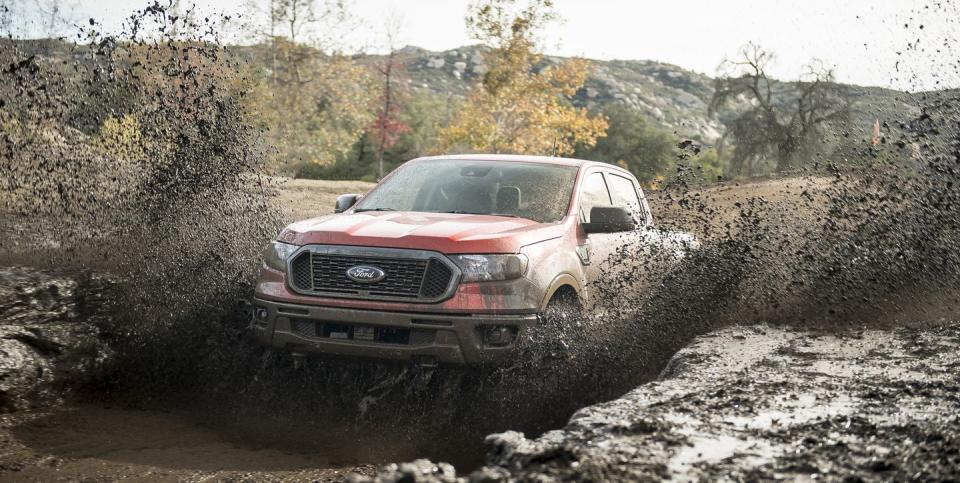
It's been almost seven years since the last US-market Ranger rolled out of Ford's Twin Cities Assembly Plant in St. Paul, Minnesota. After that last pickup left the building, Ford had no contender in the once-booming midsize truck market. The automaker chose instead to focus on the full-size F-series, the best selling pickup line in the US market for more than 40 years running.
It was a smart move. After the Ranger's demise, F-series sales shot up from around a half million units a year to nearly 900,000 in 2017. But Toyota and GM handily filled the void left by the Ranger: The aging but beloved Tacoma found more than 200,000 buyers in 2018, with the Colorado/Canyon twins hovering around 150,000 sales a year.
Now Ford is back vying for a piece of the smaller-truck market that it once dominated. Is this new truck the return of the Ranger we loved and lamented? Not exactly-and that's probably a good thing.
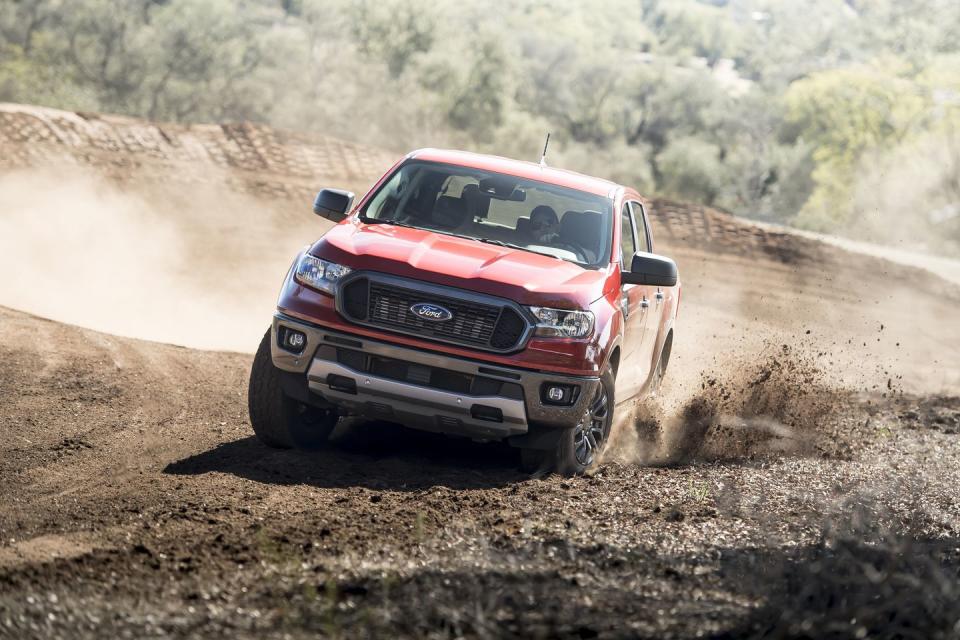
You'll probably find this truck's shape familiar. The 2019 Ranger is loosely based on the third-generation Ranger T6, designed in Australia and sold essentially everywhere other than the US. Despite the resemblance, according to Ranger Engineering Manager Keith Erickson, the US model is nearly entirely new.
"It's almost easier to tell you what's not different," Erikcson told me at the Ranger first drive event in San Diego. The 2.3-liter EcoBoost four-cylinder gas engine is unique to the US-market Ranger, and the only powerplant available at this time. Same goes for the 10-speed automatic, shared with the F-150 (sadly, no manual option is available for us). The fully-boxed frame is specific to our market. We also get unique suspension tuning and a steel front bumper on all trim lines.
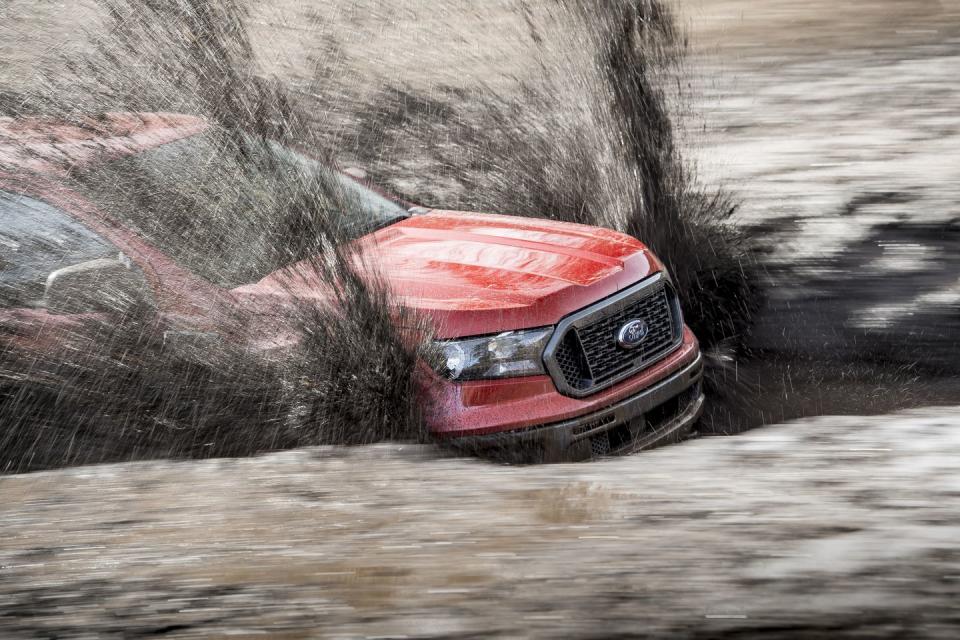
Why so many changes compared to the Euro-spec Ranger? "In the rest of the world, the Ranger oftentimes serves as the work truck," Erickson told me. "In the United States, it's the F-series that's the workhorse." Ford added refinement, Erickson said, to meet the demands of a "heavy personal-use vehicle for the adventure-ready customer."
Yes, Ford is trying to shake the old Ranger image of fleet sales and municipal insignias. The truck's media debut reinforced the point: Journalists were invited to test the Ranger on a mud-slinging off-road course, sample payload capacity by hauling dirt bikes and quads, and judge towing abilities by tugging around powerboats and jet skis. Trucks on display were kitted out with tents and kayaks against a backdrop of outdoor adventure gear. Tacoma Bro, Ford is looking directly at you.
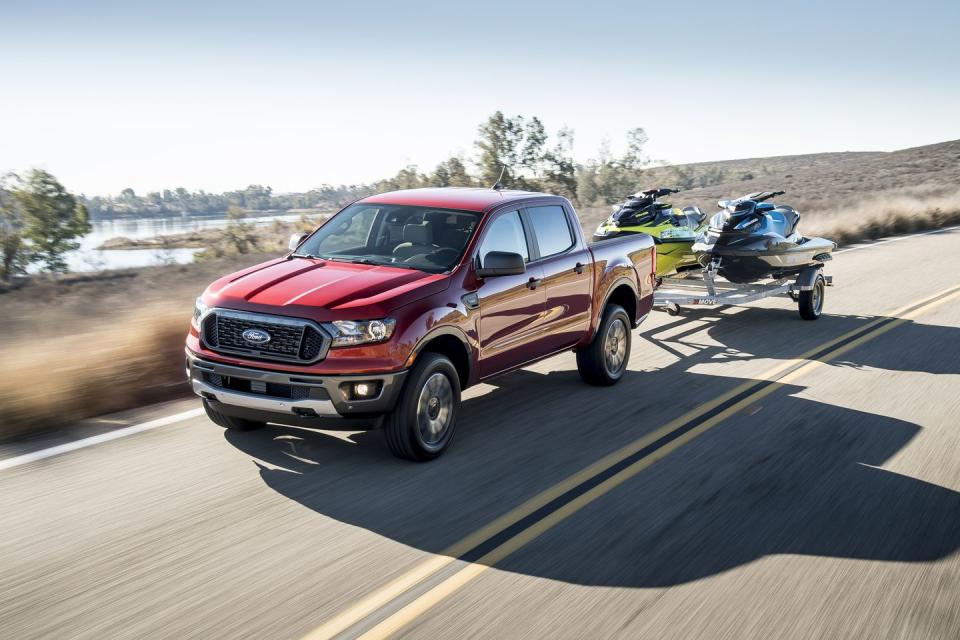
On the road, the new Ford feels modern and comfortable, cruising along calm and hushed in a way the old-school compact Ranger never could. The electric-assist rack-and-pinion steering is light and low-effort, with a slight dead spot right in the middle that, assumedly, helps to prevent the truck from feeling twitchy at highway speed. A max payload of 1860 lbs and a 7500-lb towing capacity demand serious shocks and springs. The new Ranger is rather busy over small road ripples, and lateral pavement imperfections like frost heaves or small speedbumps toss you around a bit. There's only so much good behavior you can coax out of a solid rear axle with leaf springs-the Ranger's front suspension is as smooth and refined as a crossover, it's the back end that reminds you that you're driving a pickup.
The truck is happiest with a little weight on it-cruising around with a 400-lb Yamaha YFZ 450R in the bed smoothed things out considerably, though the ATV took up every inch of the six-foot box that's only available with the short cab (four-door models make due with a five-foot box).
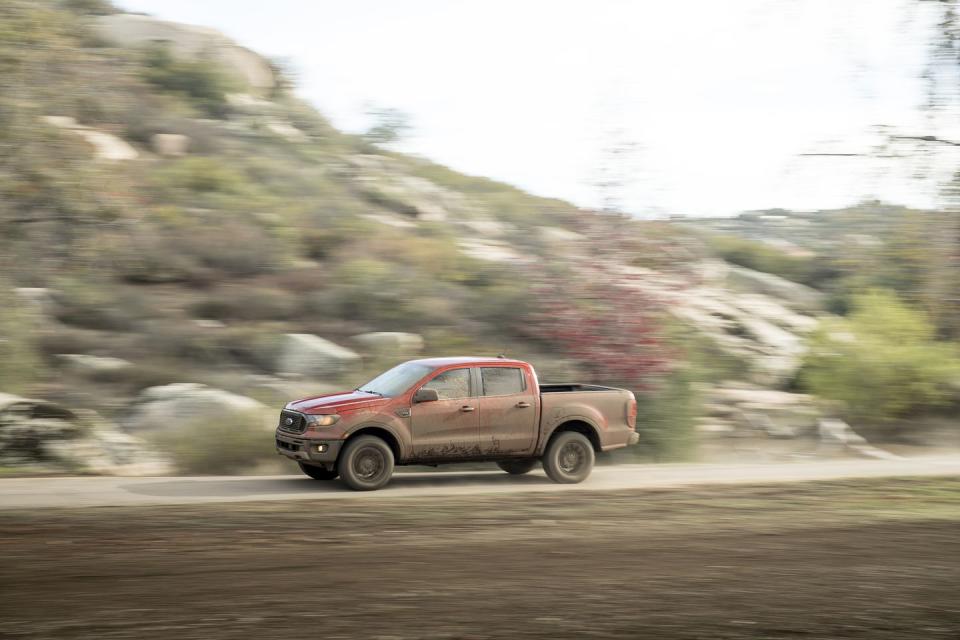
Ford helped usher in the era of the small-displacement turbocharged pickup truck-the most popular engine in the F-150 lineup is a 2.7-liter twin-turbo V6-and the new Ranger should help further that mission. The 2.3-liter four-cylinder powering the US-market Ranger pumps out 270 horses at 5500 rpm and 310 lb-ft of torque at 3000 rpm, comparing favorably with the 278-horse, 265 lb-ft Tacoma and 308-hp, 275 lb-ft Canyon/Colorado, both of which make their power from naturally-aspirated V6s. Ford boasts that the Ranger has best-in-class torque, towing and payload for gassers, though the 2.8-liter Duramax diesel available in the GM midsize pickups cranks out 181 horses and a massive 369 lb-ft, giving the Chevy and GMC twins a max towing capacity of 7700 lbs.
You're probably worried that a turbo four-cylinder with this many gears will be a busy, gear-hunting mess on the road. Relax. The EcoBoost engine is most muscular from 3000 to 5000 rpm, and Ford's 10-speed is smoother and better programmed here than in any other application. Roll into the throttle on an uphill grade, and the transmission seamlessly drops gears to keep the engine right in the meat of the powerband. You have to work hard to confuse the gearbox, jabbing and dropping the throttle like a first-time driver to goad it into the wrong gear. With so many ratios to choose from, you'll never catch the turbo snoozing unless you manually shift it three gears too high. The Ranger's floor-mounted shifter has an "S" mode that keeps the revs higher and downshifts zealously on steep descents, but unlike the Raptor, this truck does without paddle shifters.
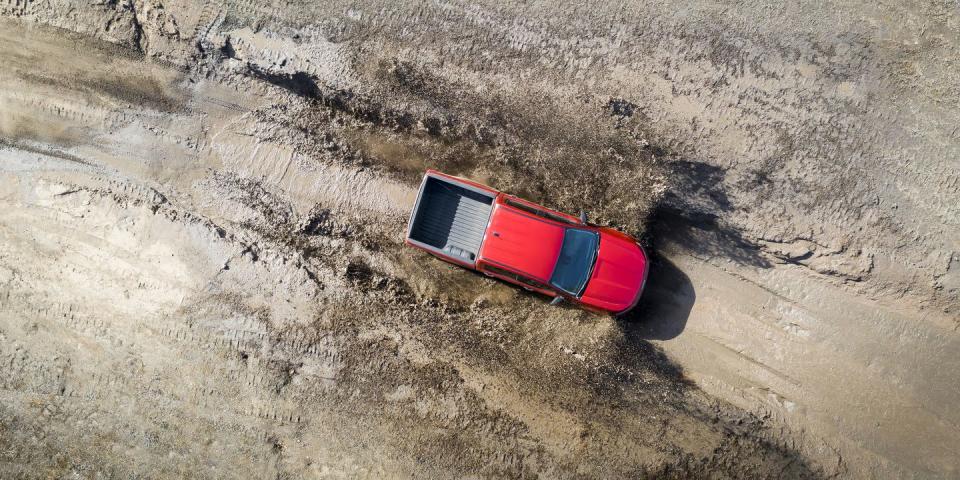
On Ford's short but delightfully muddy off-road course, the Ranger was sure-footed and competent. That's no surprise-a Ford engineer designed the course so that no amount of ham-fisted driving would leave the rig beached-but even with a wheel dangling in the air, the Ranger nudged along without protest. Credit that new, boxed frame, rigid enough to eliminate the groaning, chattering flex noises you're used to hearing from pickup trucks on trying terrain. The off-road-oriented FX4 package, available on both two- and four-wheel drive Rangers of any trim level, adds some skid plate protection and removes the vulnerably low air dam to take maximum advantage of the truck's admirable suspension travel (there's no rear sway bar on any version of the new Ranger).
Ford's folks were notably silent when I asked whether the undeniably awesome Ranger Raptor will come to the US market. Given the capable competition from the Tacoma TRD, the Colorado ZR2, and the soon-to-arrive Jeep Gladiator Rubicon, we can't imagine that Ford would want to go without a factory-built off-road Ranger.
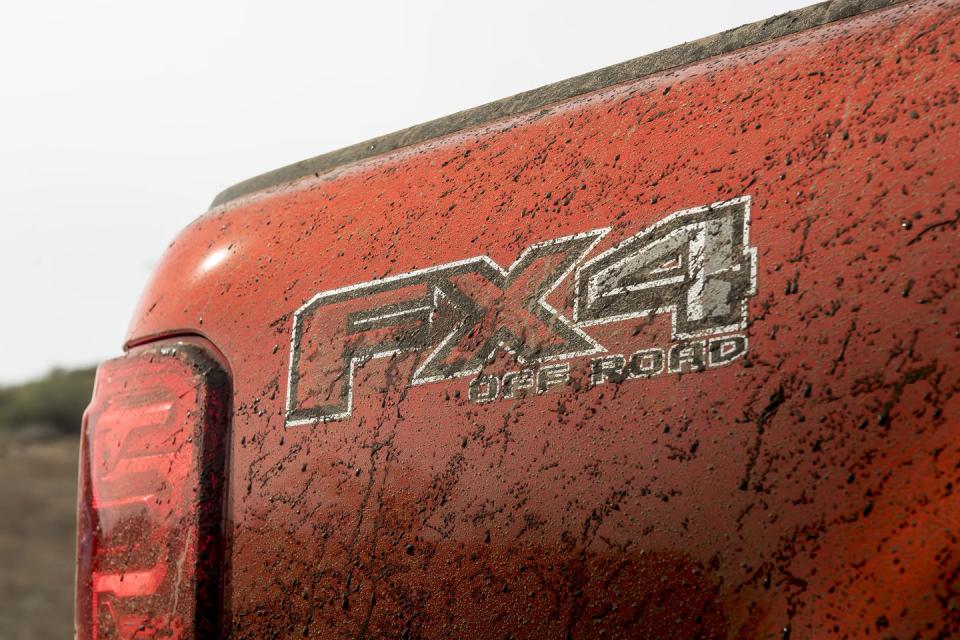
For comparison purposes, Ford brought a few 2018 Toyota Tacomas along on the first drive event. After 2011, the Tacoma became the de facto small truck in the US market, newer and nicer than any used Ranger you could put hands on.
But times change. The Tacoma, last redesigned in 2015, is showing its age. It's a little too cramped in the footwells, with a windshield that's a little too short. The V6 sounds nice, but you've really got to kick it-and wait for a dramatic downshift from the six-speed auto-to get it moving. Road noise and pavement blemishes come rumbling through.
The old Ranger used to feel like that. In a way, it was charming. But it wasn't a truck for the 21st century. The new Ranger is bigger, more powerful, and more capable than any of its predecessors could have hoped to be. And that's reflected in the price-at $25,395 for a short-cab 4x2, rising to nearly $40,000 for a four-door 4x4 Lariat with no options, this certainly isn't the Ranger you remember.
('You Might Also Like',)

 Yahoo Autos
Yahoo Autos 